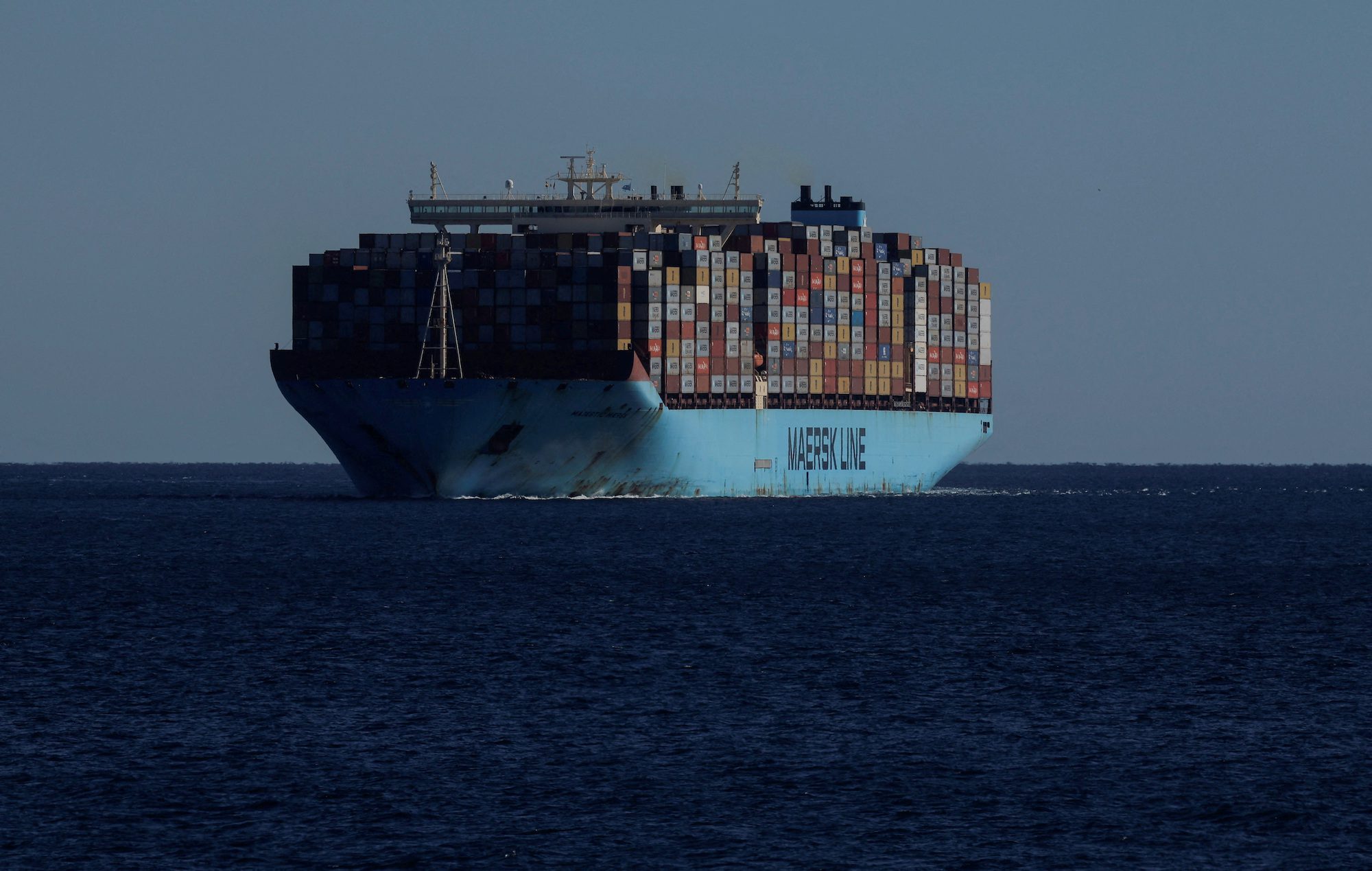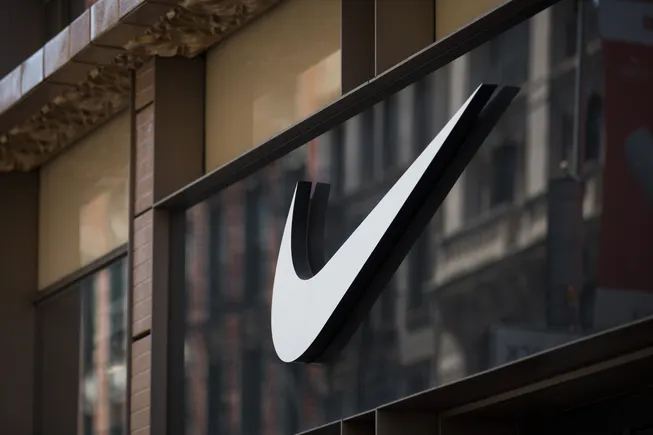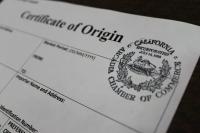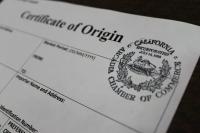THE HISTORY OF CONTAINER SHIPPING
Container transportation is now the most popular way of cargo movement and a critical pillar of the global economy, but back in the 1950s, it was just a thought.
The history of container shipping
Container transportation is now the most popular way of cargo movement and a critical pillar of the global economy, but back in the 1950s, it was just a thought.
 Containers being loaded on the "first container ship", Ideal-X, in 1956 / Source: Maersk/SeaLand
Containers being loaded on the "first container ship", Ideal-X, in 1956 / Source: Maersk/SeaLand
We will travel back to the creation of the "first container", the need for the "first container ship" and the historical development of the container shipping industry.
1766:
Everything started in 1766, when James Brindley, one of the most remarkable engineers of the 18th century, designed the Starvationer, a boat to transport coal between coal mining sites in England. The boat could carry 10 wooden containers to transport coal through England’s Bridgewater Canal.
1795:
Almost 30 years later, in 1795, Englishman Benjamin Outram, a civil engineer, surveyor and pioneer in canal and tramway construction, came up with an invention, which many consider "the first container". The aim of Outram's container was the transportation of coal, too.
Horses were pulling the containers from the coal mines, along the railways, up to the canals, where they were carried on barges. Once reaching the destination, they were once again unloaded from the barges, and horses were used to carry them to their final destination. We can call it the "first intermodal service" in history.
This is how container traffic began.
1830s:
In the 1830s, coal was transported by trains. A railroad car had the capacity of four simple wooden containers, which were then loaded into horse-drawn wagons. Each wagon was able to carry one container.
1840s:
In the 1840s, iron boxes made their appearance and began to be used, in addition to wooden ones.
20th century:
Closed models for highway and rail transportation began to appear in the early 20th century. It was around this time, before World War II, that different primitive container prototypes began to appear in various European countries.
1927:
In 1927, we see the packing of the luggage of passengers on a luxury train between London, UK and Paris, France into four containers.
1934:
Born in North Carolina, Malcolm McLean (1913-2001) graduated from high school in 1931, after which he worked for a few years to raise money to buy a used truck. In 1934 McLean founded his own trucking company, which soon would operate five trucks.
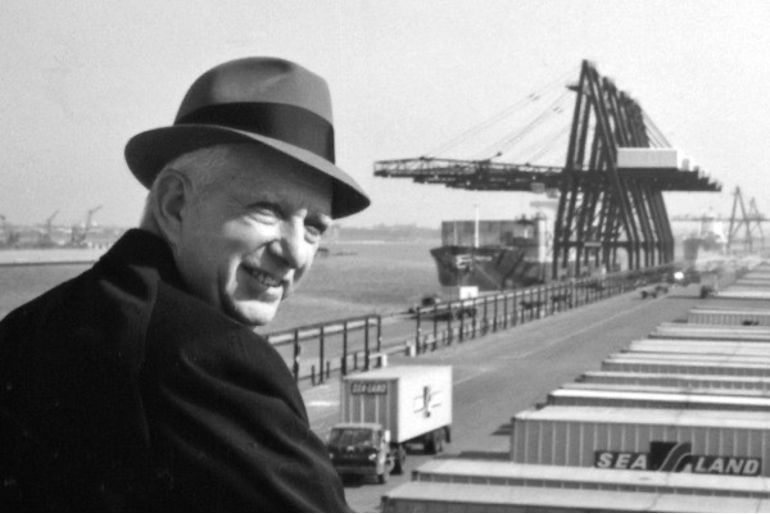 Malcolm-McLean / Source: Maersk
Malcolm-McLean / Source: Maersk
1937:
In 1937, Malcolm McLean saw dockworkers packing and unloading goods for several hours and thought that this was a waste of time and money.
1950:
By 1950, Malcolm McLean's company had grown to include 1,750 trucks, being the fifth largest firm in America in its field.
Given that the application of weight restrictions and taxes to freight transportation began around 1950, and fining was not at all unusual for his company's drivers, McLean thought of developing a standard-size container trailer that could be loaded onto ships by the hundreds.
This would mean decommissioning most of the trucks and using ships to transport the goods to different truck terminals at city ports, thus receiving fewer fines.
1955:
McLean's next step was to sell his trucking business in 1955 and take out a loan that he would partially use to buy a shipping company, named Pan-Atlantic Steamship Company, which already had docking rights in several eastern port cities in the United States.
McLean began testing different container variations, coming up with the primitive model known as the container even today. However, unlike modern 20′ and 40′ containers, this one was around 11 metres long. It was a standard, durable, stackable, easily loadable and lockable solution.
Coming with no surprise, these containers required a suitable ship, which would be able to carry these boxes.
For this reason, McLean bought some of the T2 tankers from World War II to modify them in such a way that they could carry 58 containers and 15,000 tons of oil.
Meanwhile, in the same year, the first container dedicated vessel, Clifford J.Rodgers, was put into service and was used to deliver non-standard cargo containers from railheads in Vancouver and Skagway.
Clifford J.Rodgers was 102.24 meters long, 14.33 meters wide and was able to carry specifically designed containers of 2.14 meters long, with a capacity perhaps equivalent to 65-70 TEUs. The ship was able to sail at a speed of 11.75 knots and was operated by 15 crew members.
1956:
The most notable moment in the history of container shipping was in 1956, when Pan-Atlantic Steamship Company used one of the tankers, Ideal X, to move containers on an intra-US route. On 26 April 1956, Ideal X departed New Jersey port to sail for Houston, carrying cargo-laden truck-trailers.
Soon, the company began to receive orders as McLean could offer freight transportation solutions at a price that was 25% lower than the corresponding cost of traditional transportation ways.
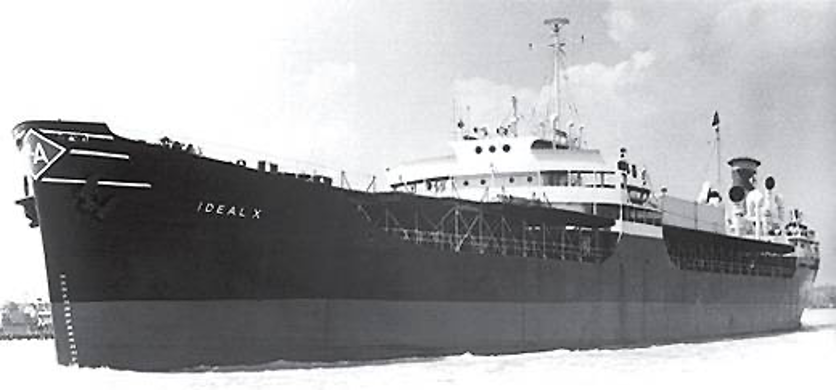 Ideal X, the first "container ship"
Ideal X, the first "container ship"
After Ideal X's successful maiden voyage, McLean ordered Gateway City, the world's first ship designed from scratch for container transportation.
1957:
Gateway City has a capacity of 226 containers and made its maiden voyage in October 1957, sailing from the port of New Jersey to the port of Miami. The cargo was packed and unloaded by only two longshoremen at a speed of 30 tons per hour.
1960:
In 1960, Pan-Atlantic Steamship Company was renamed Sealand Industries.
1964:
Ideal X was scrapped in Japan in 1964 after it suffered extensive damage in heavy weather.
1966:
By 1966, containers have started to be moved out of the United States to the Netherlands, Scotland, Vietnam and East Asia.
1999:
More than 30 years later, in 1999, SeaLand was acquired by the Danish transportation giant Maersk, one of the largest container shipping companies in the world until now.
Source: container-news.com by Themis Karalis




